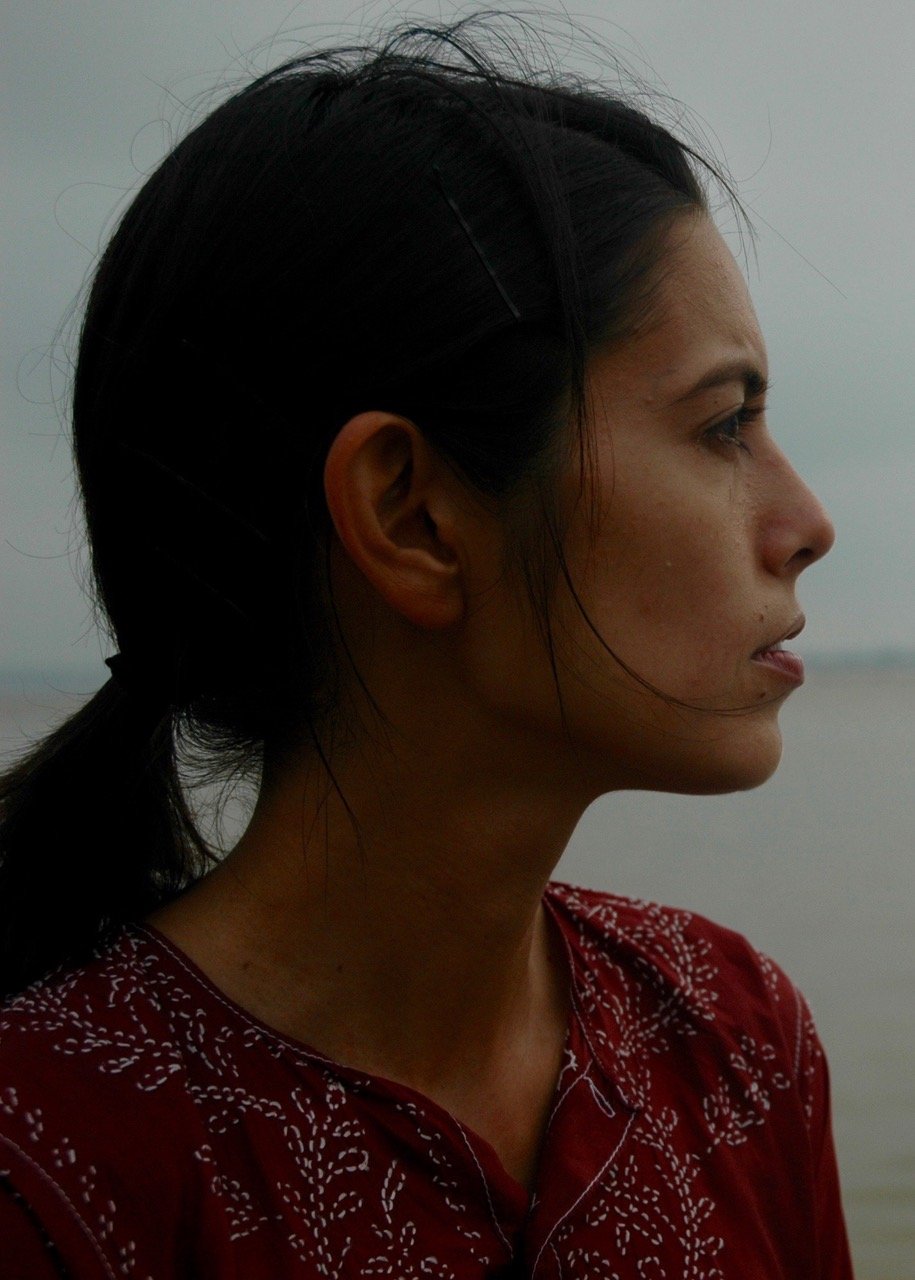Taste of Place Episode 4
Heat and Flavor
In this episode of Taste of Place, Anna chats with:
Dr. Arielle Johnson, a Brooklyn-based scientist and scholar of flavor.
Ligaya Mishan, a restaurant reviewer, food writer and journalist.
Here are some highlights:
A Food Scientist’s Take on Pepper
Dr. Arielle Johnson describes the flavor molecules in pepper.
Anna shares her previous conceptions about pepper as being overbearing compared to now when she knows much more about pepper and how ubiquitous it has become in her food and life.
Dr. Johnson delves into explaining how flavor works and how closely tied it is to not only our sense of smell and taste, but our emotions and memories.
She also shares how she got her start in studying and researching food chemistry.
What Makes Flavor Good?
Dr. Johnson points out that although there is a subjective element to what makes a flavor good to someone, there are patterns at the molecular and biochemical level to hint towards what makes good flavor.
A Scientific Breakdown of Pepper
Dr. Johnson continues to explain the flavor of pepper on a molecular level, noting that the spiciness of pepper comes from its bitter taste and a molecule called piperine that triggers our pain receptors.
While we typically think of our sense of smell as using our nose to sniff things, Dr. Johnson explains that there is actually a secondary route by which we can smell food in our mouths.
Dr. Johnson acknowledges that in Anglo American and European culture, talking about flavors is not commonplace. But with exposure and practice, we can learn to better differentiate and communicate intricate differences in flavors.
The Cilantro Debate
Dr. Johnson breaks down how people’s biological differences and personal experiences can account for varying levels of ability to sense flavors. She uses cilantro, or coriander, as an example.
Food as a Backbone of Culture
Dr. Johnson explains that food and the daily ritual of eating is tied very closely to emotions, and that flavor has a lot to do with emotional connotations and personal history.
She points out that through emotional connotations, food has the ability to create connections between people and a deeper understanding of different cultures.
A Whole New World
Ligaya talks about her inspiration behind focusing her writing on restaurants that are “less formal” and closer to home cooking in an attempt to influence her readers to try something new and unknown to them.
Ligaya explains her approach to describing flavors, and acknowledges the difficulty that comes with writing about the sensory experience of taste while avoiding exoticizing flavors that are less mainstream.
Flavor Bias
Ligaya acknowledges the prejudice that the West has against non-Western cuisines; for example Chinese and Indian food compared to European cuisine. French and Italian food is often seen as more “high end” or worth a higher price.
Ligaya shares her hope that the recent trend of eating a broader range of cuisine and flavors will lead to a more interconnectedness between people.
That’s Not Pepper
Anna explains that not all plants that we refer to as pepper are actually in the pepper family. She cites chillies as a good example of this and walks through the chili’s migration story and how colonialism played a large role.
Anna gives other examples of “non-peppers” including Sichuan pepper and pink peppercorns.
What are we Eating?
Ligaya emphasizes the significance of exploring a food’s history and that chefs, restaurateurs and food makers alike should incorporate that history into their work.
GUESTS
Ligaya Mishan
Ligaya Mishan writes for the New York Times and T magazine. She has won a James Beard Award and been a finalist for the National Magazine Awards. Her essays have been selected for the Best American anthologies in Magazine, Food, and Travel Writing, and her criticism has appeared in the New York Review of Books and The New Yorker. The daughter of a Filipino mother and a British father, she grew up in Honolulu, Hawai’i. She is the co-author, with the chef Angela Dimayuga, of “Filipinx: Heritage Recipes from the Diaspora.”
Dr. Arielle Johnson
Dr. Arielle Johnson is a Brooklyn based scientist and scholar of flavor who studies, teaches and works with restaurants to creatively apply food innovation.

